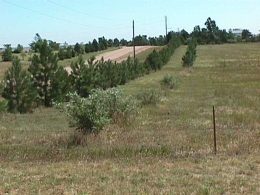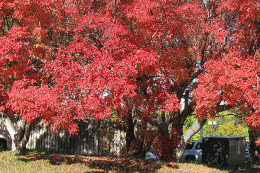When do I prune my shrubs? Great question! Though light pruning and removal of dead wood are fine this time of year, severe pruning should be left until spring. Keep in mind that even light pruning of spring-blooming shrubs such as lilac and forsythia will reduce flowers for next year. We normally recommend that spring-bloomers be pruned after flowering. Shrubs differ in how severely they can be cut back. Junipers do not break bud from within the plant and therefore should be trimmed lightly if you wish to keep the full shape. Overgrown junipers should be removed.
On the other hand, there are certain shrubs that can be pruned back severely during the spring. Rejuvenation is the most severe type of pruning and may be used on multi-stem shrubs that have become too large with too many old branches to justify saving the younger canes. All stems are cut back to 3- to 5-inch stubs. This works well for spirea, forsythia, pyracantha, ninebark, Russian almond, little leaf mock orange, shrub roses, and flowering quince. Just remember that spring is the correct time to do this, not now.





